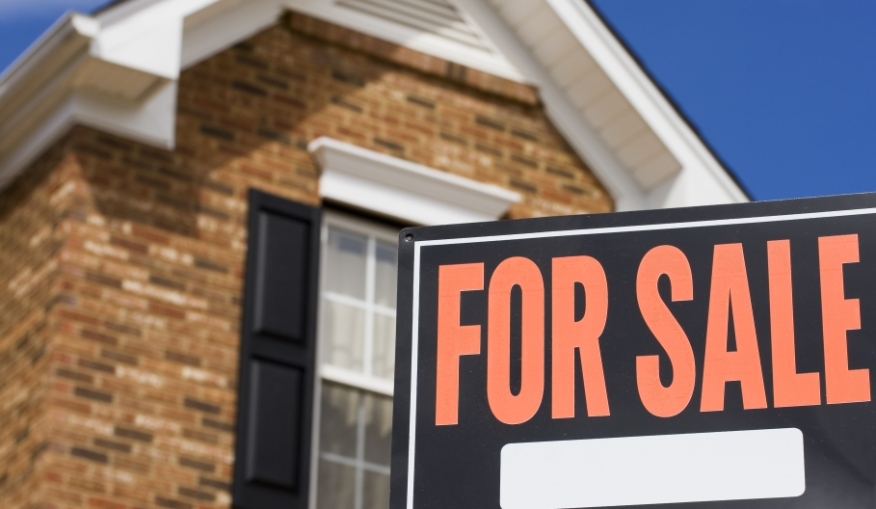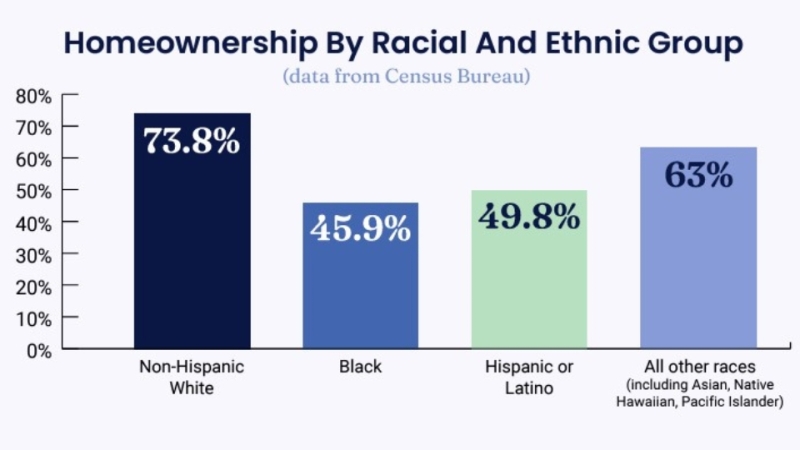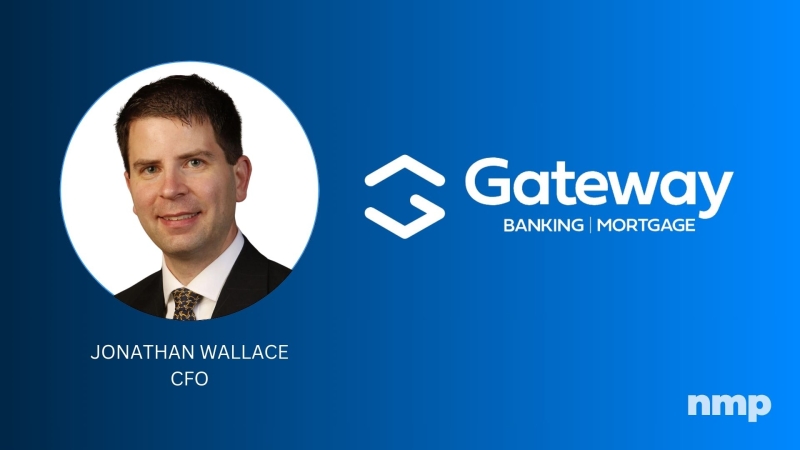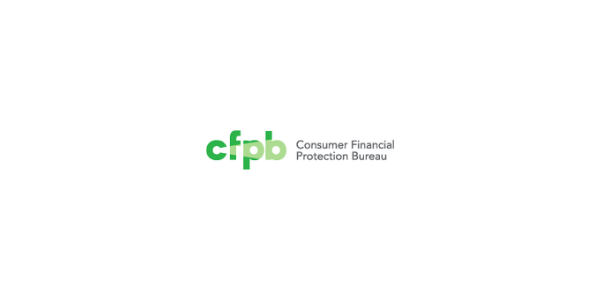
Existing-Home Sales Surged Nearly 7% in January

After declining in December, sales of existing homes rose 6.7% in January, despite housing inventory being at an all-time low.
- In January 2022, existing-home sales rose to a seasonally adjusted annual rate of 6.5 million – an increase of 6.7% from the prior month, with sales up in all regions.
- At the end of December, the inventory of unsold existing homes fell to a new all-time low of 860,000, which is equivalent to 1.6 months of the monthly sales pace, also an all-time low.
- The median existing-home sales price rose at a stronger pace of 15.4% on a year-over-year basis, to $350,300.
After declining in December, sales of existing homes rose nearly 7% in January, despite housing inventory being at an all-time low, according to the National Association of Realtors (NAR).
On a month-over-month basis, each of the four major U.S. regions saw increased sales in January. Year-over-year sales, however, were mixed, as two regions reported sagging sales, another watched sales increase and a fourth remained flat.
Total existing-home sales — completed transactions that include single-family homes, townhomes, condominiums and co-ops — climbed 6.7% from December to a seasonally adjusted annual rate of 6.5 million in January. Year-over-year, sales fell 2.3% from 6.65 million in January 2021.
"Buyers were likely anticipating further rate increases and locking-in at the low rates, and investors added to overall demand with all-cash offers," said Lawrence Yun, NAR's chief economist. "Consequently, housing prices continue to move solidly higher."
Inventory at All-Time Low
Total housing inventory at the end of January amounted to 860,000 units, down 2.3% from December and from 16.5% (1.03 million) a year earlier. Unsold inventory sits at a 1.6-month supply at the current sales pace, down from 1.7 months in December and from 1.9 months in January 2021.
"The inventory of homes on the market remains woefully depleted, and in fact, is currently at an all-time low," Yun said.
According to Yun, homes priced at $500,000 and below are disappearing, while supply has risen at the higher price range. He noted that such increases will continue to shift the mix of buyers toward high-income consumers.
"There are more listings at the upper end – homes priced above $500,000 – compared to a year ago, which should lead to less hurried decisions by some buyers," Yun added. "Clearly, more supply is needed at the lower-end of the market in order to achieve more equitable distribution of housing wealth."
The median existing-home price for all housing types in January was $350,300, up 15.4% from $303,600 in January 2021, as prices rose in each region. It marks 119 consecutive months of year-over-year increases, the longest-running streak on record.
Properties typically remained on the market for 19 days in January, equal to days on market for December, and down from 21 days in January 2021. Of the homes sold in January, 79% were on the market for less than a month.
First-time buyers were responsible for 27% of sales in January, down from 30% in December and from 33% in January 2021. NAR's 2021 Profile of Home Buyers and Sellers — released in late 20214 — reported that the annual share of first-time buyers was 34%.
Yun explained that the coming increase in mortgage rates will cause problems for at least two market segments.
"First, some moderate-income buyers who barely qualified for a mortgage when interest rates were lower will now be unable to afford a mortgage," he said. "Second, consumers in expensive markets, such as California and the New York City metro area, will feel the sting of nearly an additional $500 to $1000 in monthly payments due to rising rates."
Individual investors or second-home buyers, who make up many cash sales, purchased 22% of homes in January, up from 17% in December and from 15% in January 2021. All-cash sales accounted for 27% of transactions in January, up from 23% in December and from 19% from January 2021.
Distressed sales — including foreclosures and short sales — represented less than 1% of sales in January, the same as in both December and January 2021.
According to Freddie Mac, the average commitment rate for a 30-year, conventional, fixed-rate mortgage was 3.45% in January, up from 3.1% in December. The average commitment rate across all of 2021 was 2.96%.
Single-family and Condo/Co-op Sales
Single-family home sales jumped to a seasonally adjusted annual rate of 5.76 million in January, up 6.5% from 5.41 million in December and down 2.4% from one year ago. The median existing single-family home price was $357,100 in January, up 15.9% from January 2021.
Existing condominium and co-op sales were recorded at a seasonally adjusted annual rate of 740,000 units in January, up 8.8% from 680,000 in December and down 1.3% from one year ago. The median existing condo price was $297,800 in January, an annual increase of 10.8%.
"The market is still thriving as an abundance of home sales took place in January," said NAR President Leslie Rouda Smith, a Realtor from Plano, Texas, and a broker associate at Dave Perry-Miller Real Estate in Dallas. "We will continue to beat the drum for more inventory, which will give buyers additional options and will also help alleviate increasing costs."
Regional Breakdown
Existing-home sales in the Northeast grew 6.8% in January, posting an annual rate of 780,000, an 8.2% decline from January 2021. The median price in the Northeast was $382,800, up 6.0% from one year ago.
Existing-home sales in the Midwest rose 4.1% from the prior month to an annual rate of 1,510,000 in January, equal to the level seen from a year ago. The median price in the Midwest was $245,900, a 7.8% rise from January 2021.
Existing-home sales in the South jumped 9.3% in January from the prior month, reporting an annual rate of 2,940,000, a gain of 0.3% from a year earlier. The median price in the South was $312,400, an 18.7% surge from one year prior. For the fifth straight month, the South witnessed the highest pace of appreciation.
"The migration to the Southern states is clearly getting reflected in higher home sales and fast rising home prices compared to other regions," Yun said.
Existing-home sales in the West increased 4.1% from the previous month, registering an annual rate of 1,270,000 in January, down 6.6% from one year ago. The median price in the West was $505,800, up 8.8% from January 2021.
The NAR is America's largest trade association, representing more than 1.5 million members involved in all aspects of the residential and commercial real estate industries.




